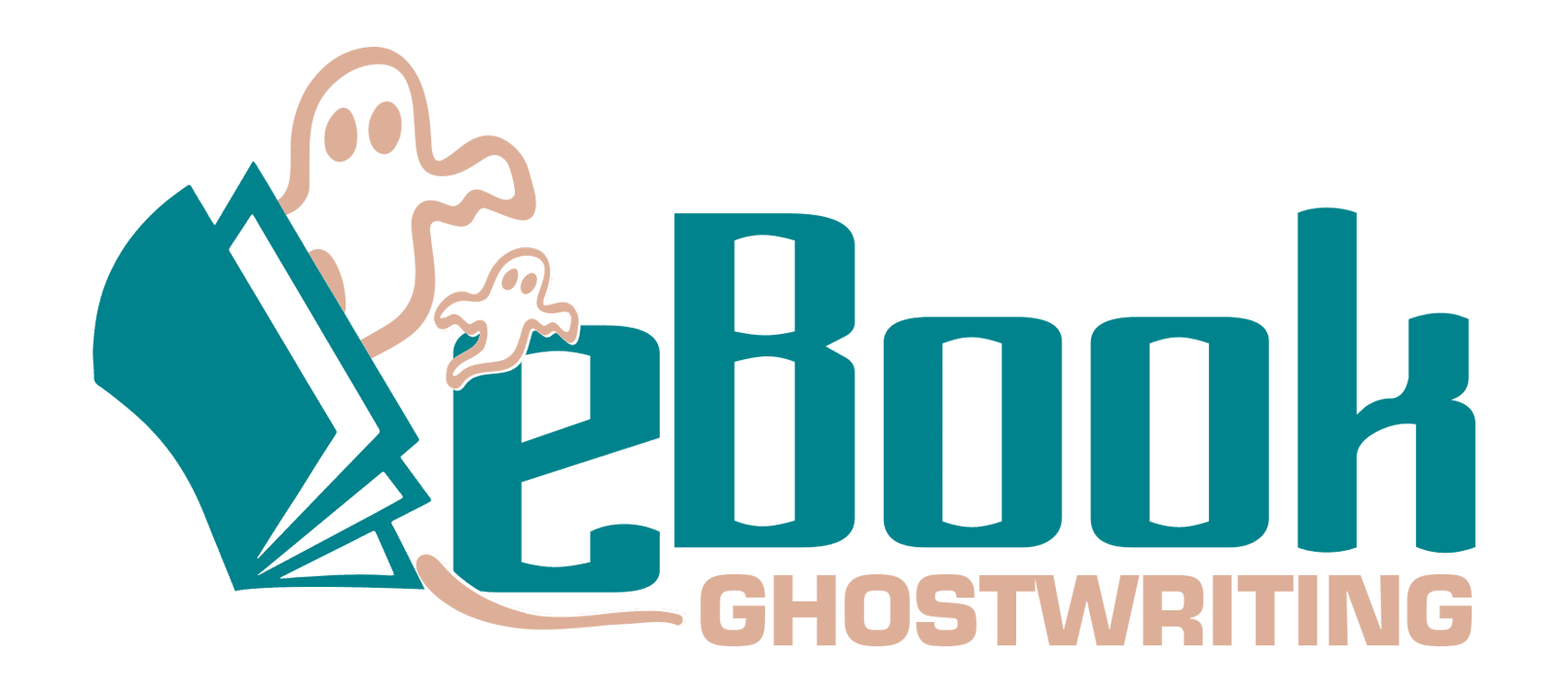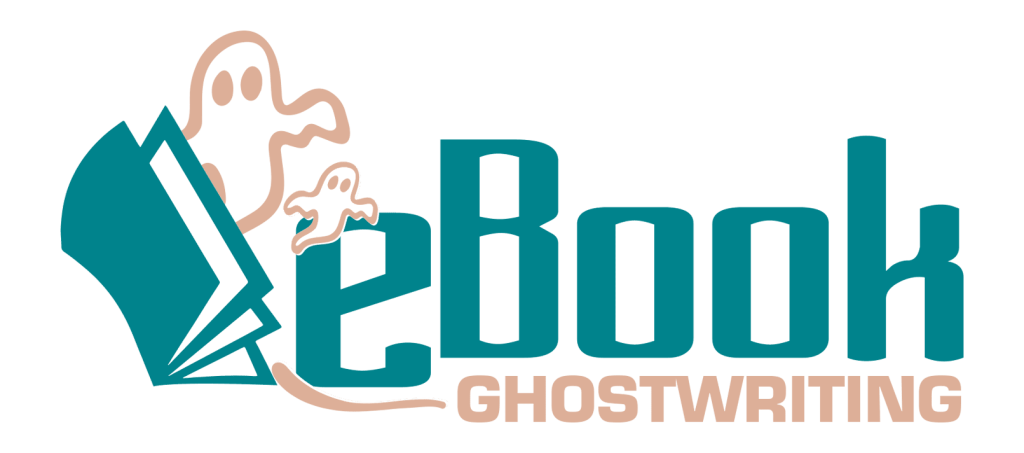1. Get to know the horror elements
Do not rush to write a horror story before you understand what components it must have. Horror is creating fear and anxiety in your readers. Such emotions can only be conveyed through the atmosphere, the melodrama, the development of a personality, and the plot matrix.
Atmosphere
The atmosphere is an essential component in writing your scary story. The atmosphere is the context within which the story is told. This generates the reader’s deeply unsettling emotions even before the genuine terror unfolds. Choose frighteningly apt words and phrases. Your background should be chilling, whether it’s a “haunted” mansion, a foggy cemetery, or a rotting city. It should be similar enough to the actual world that the reader is made to feel scared when they realize something isn’t quite right.
Pacing
Another important aspect is the pacing of your story. Remember that horror is a long game, and when you are the author of your story be sure to use this force wisely. Let it creep in, trickle through one or two disturbing details that suggest the shape of what horror will become. It slowly ramps up the intensity, so that the readers have their terrifying and suspenseful moments.
Characters
The readers need to care about the characters, so when the story, wrapped in horror, unfolds they fear together with them. Do not make your characters flat: ensure they have backstories, weaknesses, and personal reasons to act the way that they do. It makes their interactions with the supernatural or unknown more consequential.
Plot Twists
Horror is a genre made for plot twists and readers want surprises. Throw in some smoking guns that shock the reader by exploding assumptions and turning them on their head. Be they unforeseen character revelations or exciting turns in the story, plot twists make a thing to show you things that weren´t expected.
2. Choose Your Subgenre
The horror genre is vast and has many subgenres that come with different conventions or audience expectations. Depending on which of the subgenre you pick, it will impact how your story unfolds and the kind of fear that you are trying to convey. With that thought in mind, let us discover some of the horror subgenres.
Psychological Horror
Psychological horror revolves around the emotional and mental anguish of characters. The horror usually comes from the characters themselves, in one way or another forcing them into madness and paranoia while pulling out their deepest fears. The work of Steven King (e.g., The Shining), or Robert Bloch (Psycho) would be typical psychological horror examples.
Supernatural Horror
This one has to do with ghosts, demons, and things from another dimension. It evokes fear of the other, plays on fears we have about things which are yet to be discovered and alternately preys upon our propensity toward hubris; that strange notion that suggests there may very well be forces in this world beyond our ken that can control us. Classic examples include The Haunting of Hill House by Shirley Jackson and The Exorcist by William Peter Blatty.
Gothic Horror
Gothic horror is often linked with romance and describes a decaying place such as old castles or mansions. It is grim and spooky, based on themes of death, mad
Slasher Horror
ness, horror. Famous stabs at the theme (pun always intended) are Dracula by Bram Stoker and Frankenstein.
In slasher horror, a serial killer or monstrous villain stalks and kills victims. The stories told are violent and brutal, concentrating on the explicit horror of killing. We have Halloween by John Carpenter as an example.
Body Horror
Body horror focuses on the physical transformation or mutilation of the human body. This subgenre explores the fear of our bodies betraying us, often through disease, mutation, or parasitism. Works like The Fly by David Cronenberg delve into these themes.
The type of fear you choose to utilize should also be tailored according to the subgenre that best suits your story, as this will not only influence how you write it but also what level of fear remains adequate for your audience.
3. Develop a Compelling Concept
The seed of every good horror film is the premise. Imagine what terrifies you, then write about it. Inspiration for scary stories can be found anywhere — in nightmares, on urban legends pages, and even in our minds. So, the idea here is to come up with a concept which not only scares you but also strike a chord with your readers.
Brainstorming Scary Story Ideas
When brainstorming scary stories to write, consider the following prompts:
- Scary Story Idea #1: a little community where everyone vanishes under every full moon, leaving just their items and clothes behind.
- Scary Story Idea #2: A doll that comes to life when no one is there, telling secrets of the afterlife to whoever clutches it.
- Scary Story Idea #3: Living in a house where the walls are eyes that follow you around, just waiting for the right opportunity to strike.
4. Create Relatable Characters
Furthermore, for horror stories, it is crucial that the reader is concerned about a certain character. Create real characters making them have histories, vices, and goals. Characters can be easily identified with enhanced horror because the reader will be able to feel the horror and helplessness of the characters.
For instance, let us have a hero who is an atheist – a character who doesn’t believe in things like ghosts. Two people who have denied the existence of the evil face it throughout the story making it to be a great source of tension. This is somewhat refreshing because going from disbelief to terror means the terror feels all the more grounded in reality.
5. Start with an Intriguing Hook
A crucial aspect of horror is its start. You have the responsibility of making a very first impression that will capture the reader’s attention to what follows. Ideally, the beginning should be exciting, mysterious, and frightening to some extent to make a reader open to the world of the story.
Here are a few ways to start a horror story:
- Start with a mysterious event
- Introduce a disturbing image
- Begin with a character’s fear
6. Build Atmosphere and Setting
As it has already been discussed horror cannot be without the setting. It doesn’t matter whether the setting of the game is an abandoned mansion, a forest, or an asylum – all these surroundings should instill the feeling of horror. Describe the environment in a detailed and vivid manner, and particularly, cover all the aspects a human can touch, see, hear, or smell.
Creating an Unsettling Atmosphere
Think for a moment about the role of the setting on the characters and the plot. For instance, darkness and storms accompanied by howling wind and flickering light sources will make the space seem as if it is vulnerable and one is isolated thus adding to the fear factor. It should not be just a background that provides the context for the play, but a place that is alive and directly participates in the actions of the play and in the creation of suspense.
7. Use Pacing to Build Tension
In a horror story, suspense is mostly created by pacing. As the story goes on, start slowly and progressively increase the tension. Start with little, unnerving clues that allude to the horror to come, then build up to more terrible incidents to heighten the suspense.
8. Introduce the Horror Gradually
Do not expose the horror at the beginning of the story. However, raising the suspense of the threat should be done gradually as this creates more impact. These are the ground rules of horror storytelling: begin with a mystery, with noises heard in the night, the creaking of floorboards, and footsteps in the empty house.
Creating a Slow Build
The reader can feel the protagonist’s increasing anxiety and unease thanks to this slow buildup, which heightens the impact of the horror’s eventual reveal. Take
9. Foreshadowing and Reference to Red Herrals
your time revealing the entire magnitude of the tragedy, as the unknown is frequently more terrifying than the known.
Foreshadowing is a potent device in horror literature. Subtle cues and images that imply something is off give away the horrors that lie ahead. To trick readers and keep them wondering, employ red herrings, but take care not to give away too much information.
The Art of Foreshadowing
The type of foreshadowing may range from a specific line in the plot, which may have a different meaning when the events are unfolded, to symbols that may be realized only at the end of the story. The point is to place these leads inconspicuously to achieve that moment when the reader opens a page with horror and can say, ‘Ah, here it was mentioned!’
Using Red Herrings
They are any form of misdirection or a deceptive clue that is given to the reader in order to manipulate them. They contribute to the suspense because they make the reader develop uncertainty on what is happening. For example, it is possible to present a prolog character or object which is not dangerous, but then make sure they are evil in reality in the later stages of the story.
10. Craft a Terrifying Climax
The climax is the top of horror, it is when the horror appears to be at its greatest. It should be close to life, scary, and invoking a lot of emotions. This is where all the tension that has been created in a story has its climax or payoff. It is your moment to draw the last blood and make your readers fall breathless on the floor.
11. End with a Lasting Impact
In everything you write, the climax of the horror story should be something that the reader will never forget. Whether this is done through an unexpected plot twist, a final reveal, or a cliffhanger, the ending should stay with the reader after they’ve closed the book.
12. Edit for Maximum Impact
The story should feel as if it has come to a natural conclusion by the end, but it doesn’t have to tie up every loose end. Some unsolved questions tend to heighten the fear. The intention is for the reader to be left feeling uneasy and to continue thinking about the story long after they are done reading.
Conclusion
Horror story writing is a difficult yet rewarding endeavor. These 12 steps will help you write a horrific story that will frighten and intrigue your audience. Keep in mind that the details—the characters, the setting, and the methodical, slow-burning escalation of tension—are crucial to good horror writing.
These guidelines can help you write a horror story that will stick in the minds of your readers long after they’ve turned the last page, whether you’re just starting or trying to hone your craft. After all, start writing a book about your life? By delving into the darkest recesses and worst phobias of the human psyche.
And if you find the writing process overwhelming, consider ghostwriting services for a business or even for your horror story—because sometimes, the scariest part of writing is facing the blank page alone. Ultimately, a ghostwriter can be crucial when trying to capture that spine-chilling essence in your work, which is why the ghostwriter is important for a book.
Now grab a pen, open your mind, and begin creating your terrifying tales to write. The horror genre is huge and rife with horrifying possibilities; you never know what will inspire readers years from now with your next scary story idea.

